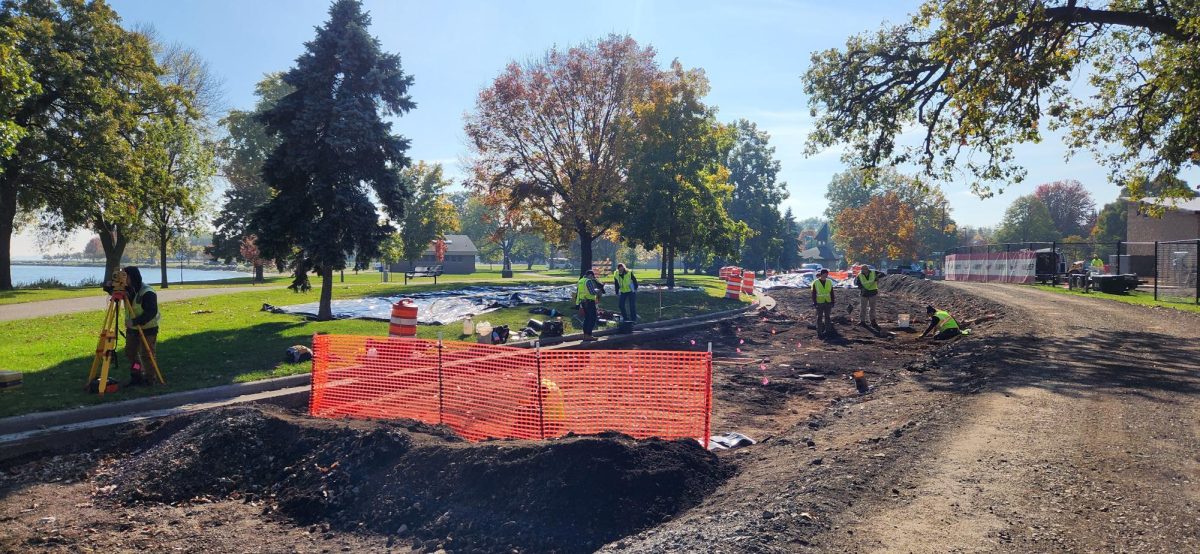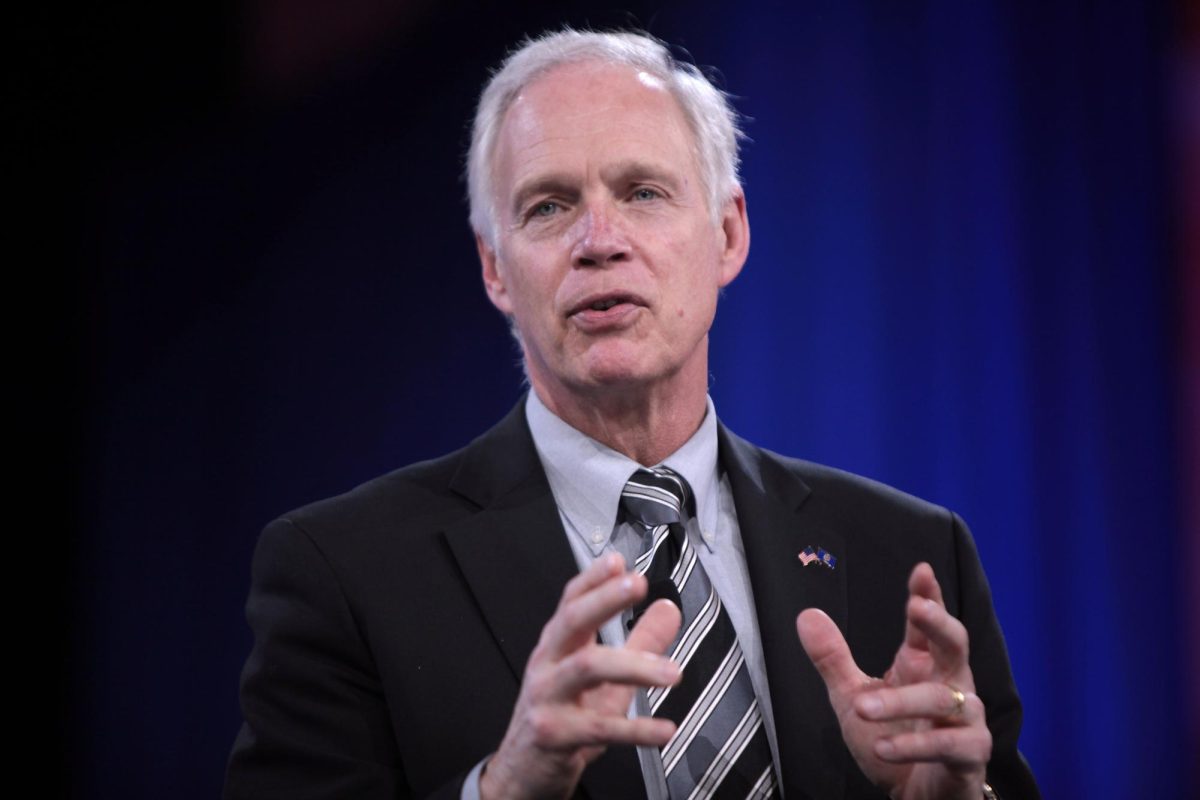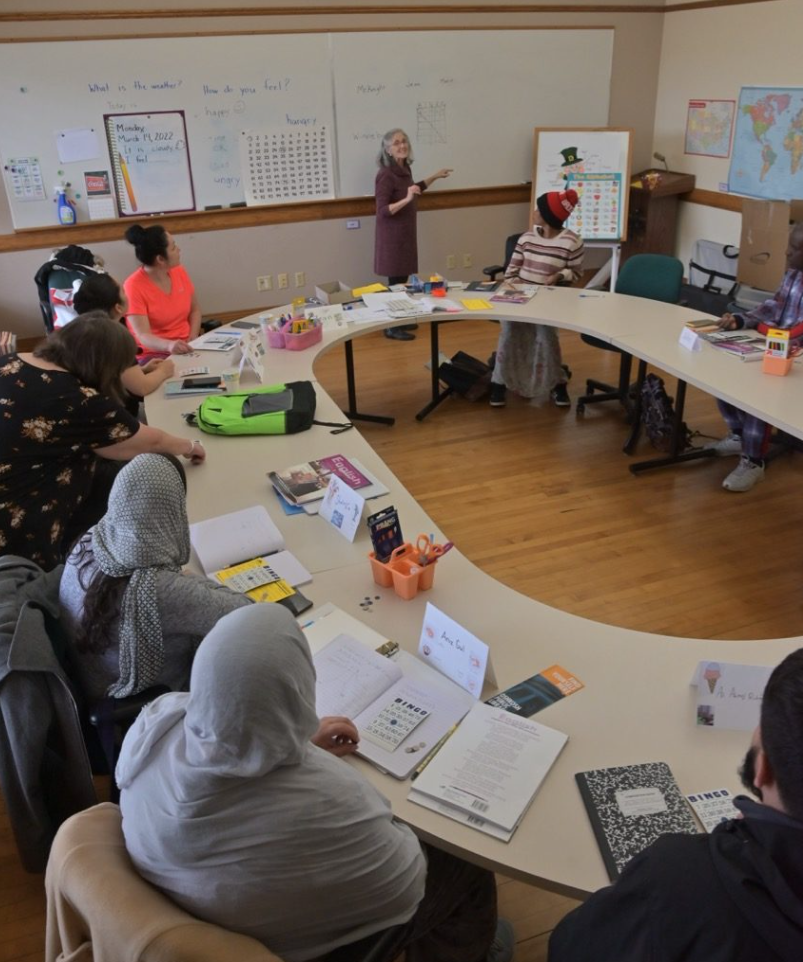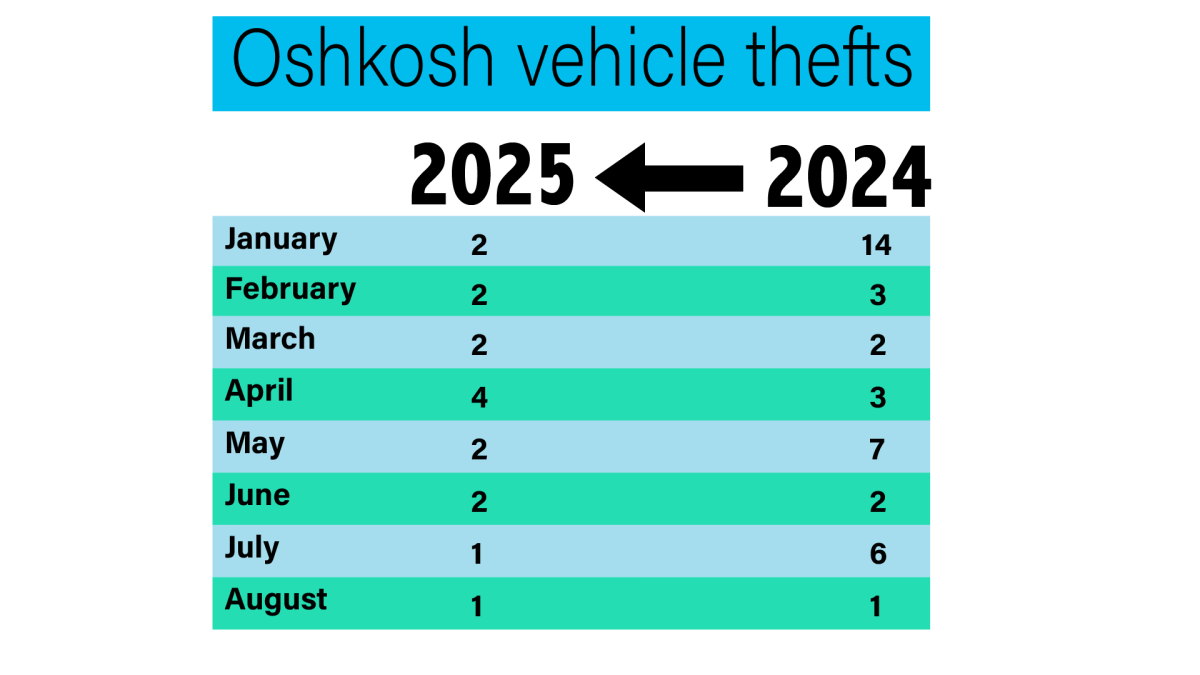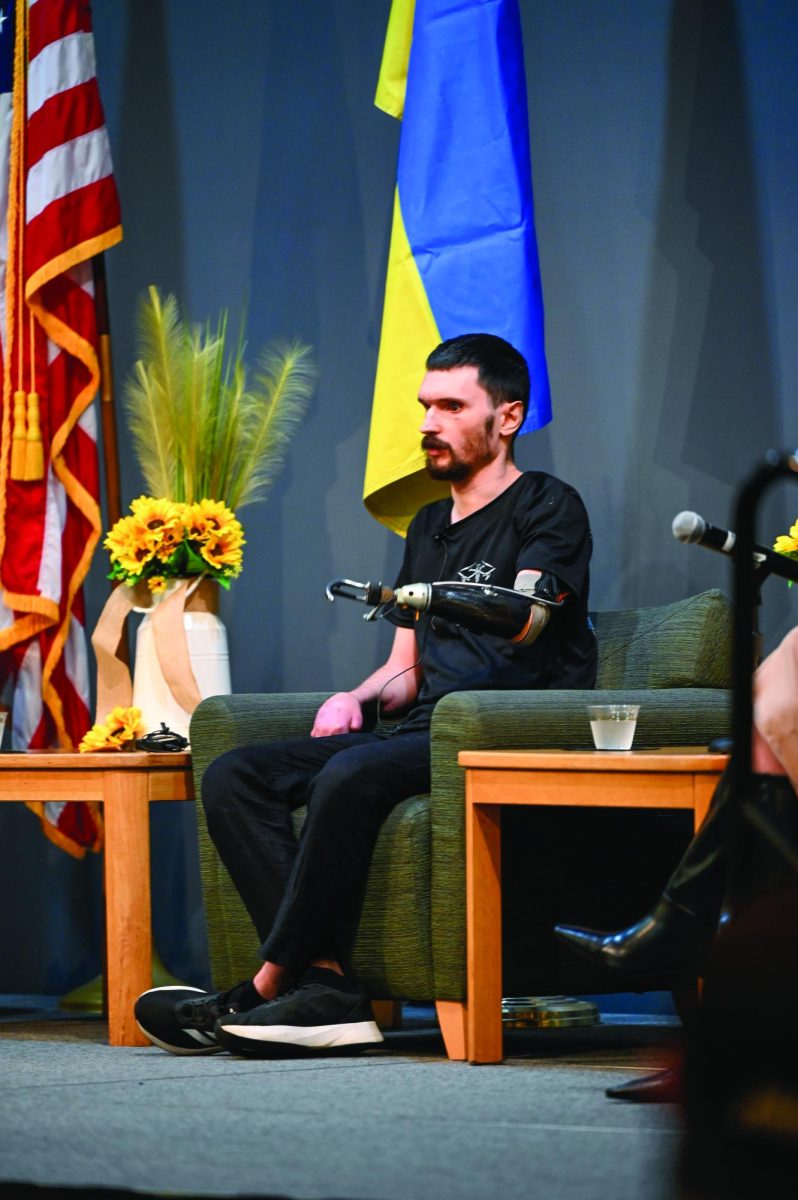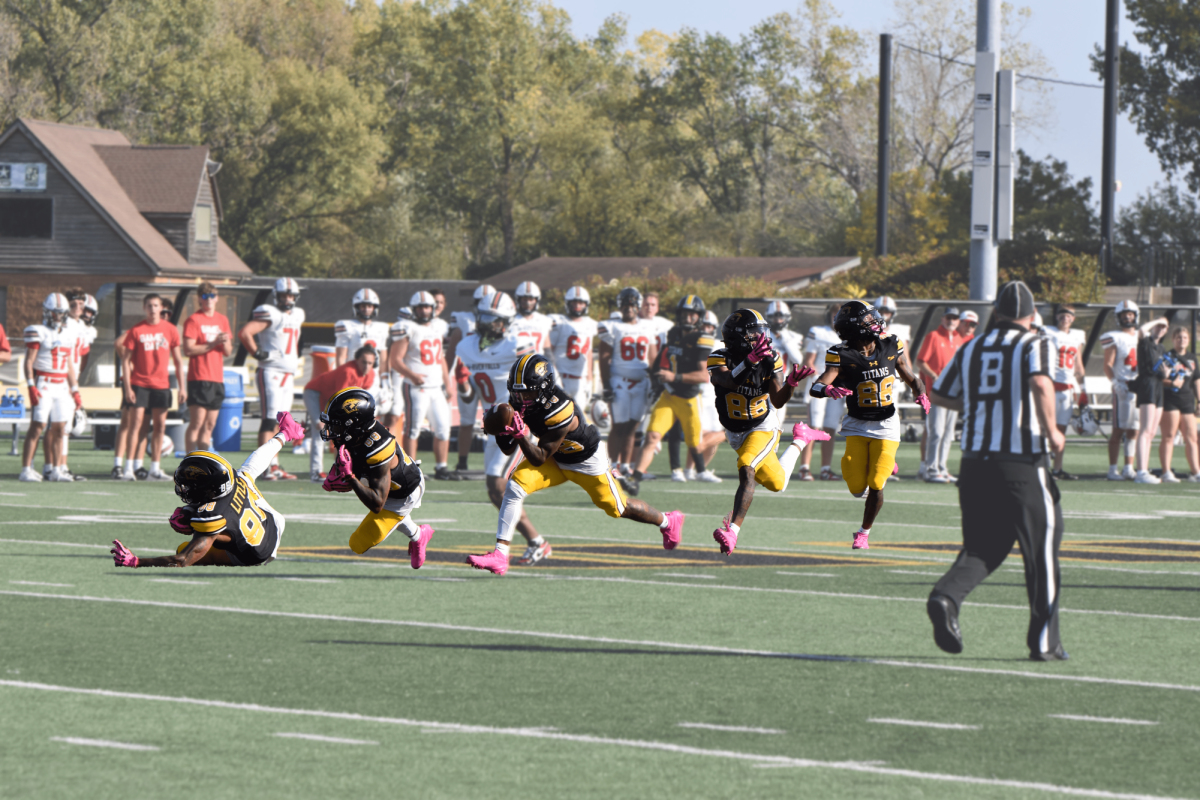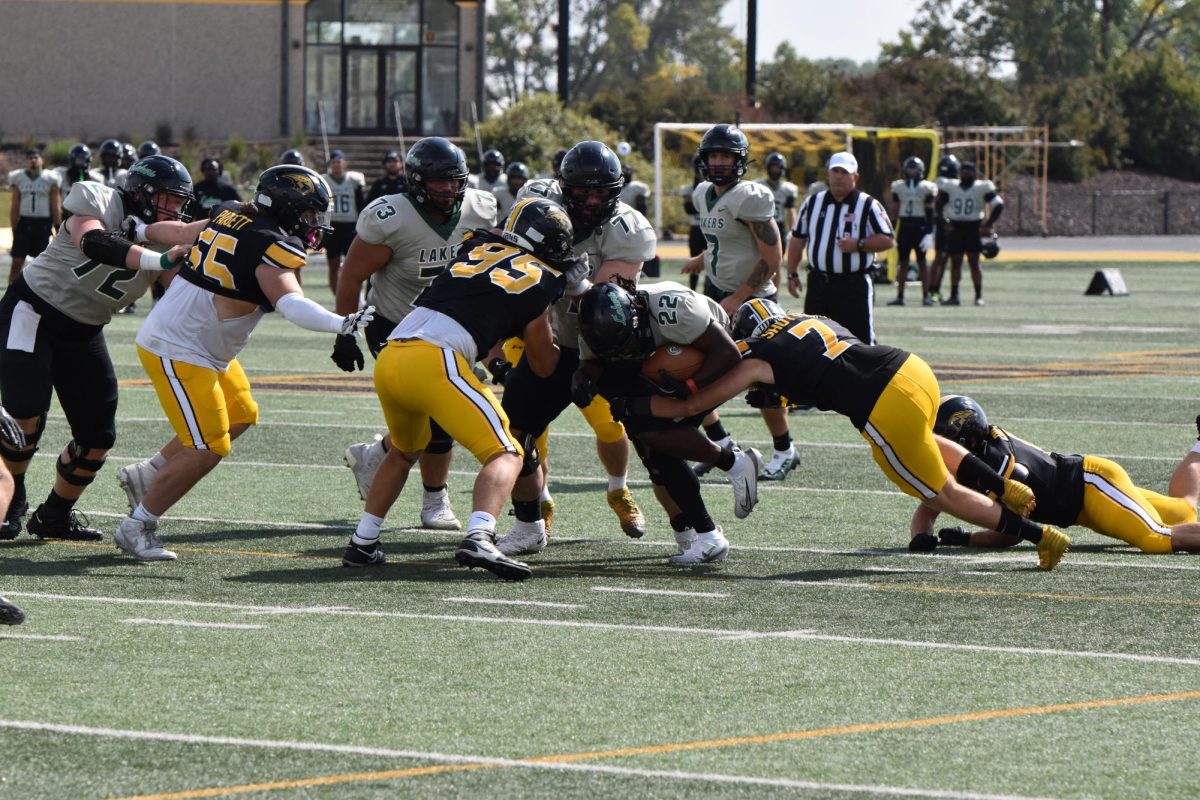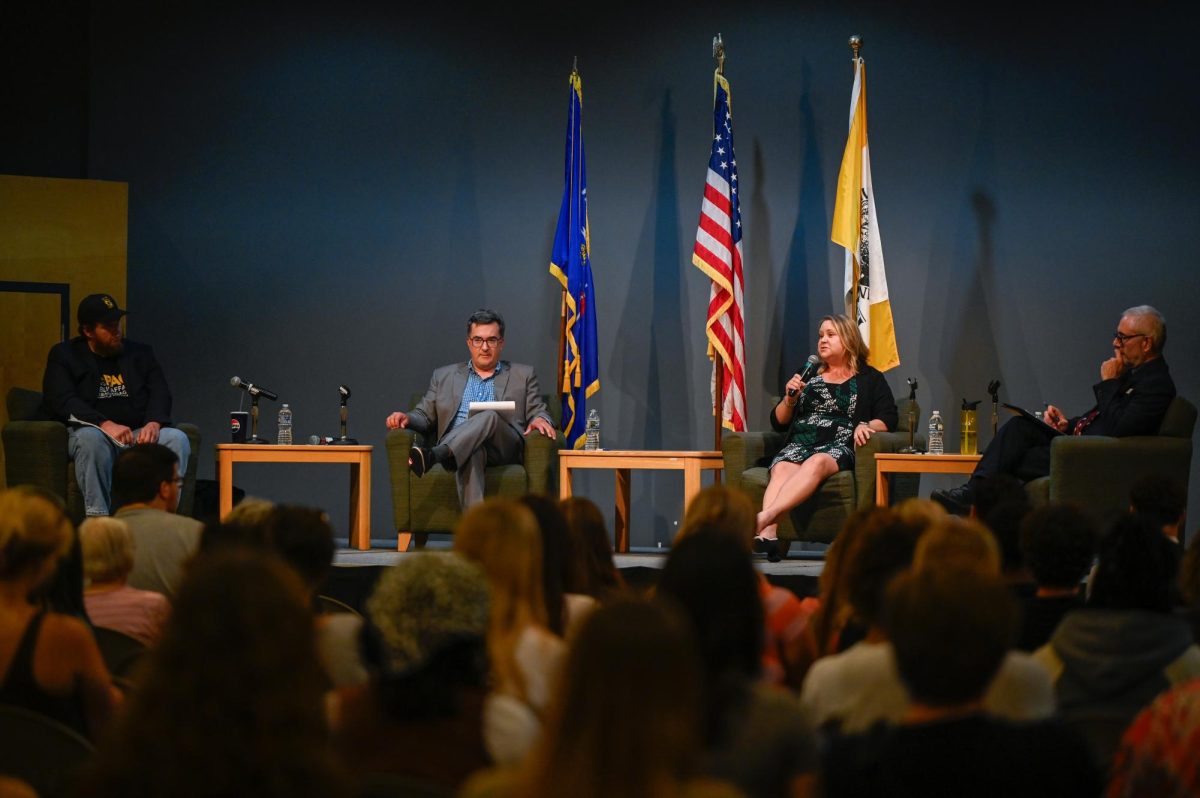The city of Oshkosh postponed the reconstruction of Pratt Trail at Menominee Park after finding artifacts and animal remnants thought to be from a prehistoric Native American village.
The Cultural Resource Management Program (CRM) at the University of Wisconsin Milwaukee (UWM) has partnered with the Wisconsin Historical Society, the Wisconsin Department of Natural Resources and Tribal Nations to ensure the land is excavated in a safe and preservative manner.
UWM has been working there since before the construction, as the area coincides with a pre-contact Native American village dating from around AD 900 to 1600.
Jennifer Haas, the director of the Archaeological Research Laboratory Center (ARLC) at UWM, said UWM is working closely with these organizations throughout the excavation process.
“The ARLC is working closely … to ensure that the archaeological site and sensitive areas are adequately protected during the road construction work,” she said.
Haas also said work was put into finding out whether or not the remains were preserved during previous construction.
“During the plan implementation, which in part entailed on-site monitoring of the existing road bed removal, the ARLC confirmed that the village site has been preserved intact beneath the roadbed,” she said.
Haas said they have found a number of artifacts already.
“Archaeologists are currently documenting the site and working to preserve the site to the greatest extent possible,” Haas said. “Cultural items from the site include earthenware jars (for cooking and storing food), stone projectile points and knives and animal and fish bone.”
Kevin Garstki, a teaching assistant professor for the Department of Anthropology, Global Religions and Cultures at UW Oshkosh, guessed which eras the artifacts are from.
“Based on the information that has been released, that the site was occupied between the 10th and 17th century CE (Common Era),” he said. “There would be a wide array of material culture (artifacts), though I hesitate to guess as to exactly what.”
Gartski said excavation at the site has been going on for decades, including projects led by UWO.
“UWO actually conducted an excavation there in 1999 and 2000 as an archaeological field school,” he said.
UWM is now excavating the site again with their CRM program due to city construction.
“The reason why that part of the site is being excavated now is that the city is putting in a new trail and would have otherwise destroyed the traces of human lives that were below the ground,” he said.
Wisconsin state laws also call for the site to be excavated again.
“There are federal and state laws that dictate what to do with archaeological sites if they are in danger of being destroyed by infrastructure or building projects,” Garstki said.
This is why the city hired UWM CRM to learn as much as possible about the people who lived at that site before the new trail was built.
Garstki is confident that the excavation will be done in a preservative manner.
“I don’t have any direct knowledge of their plans, but I’m sure UWM CRM has a strong plan in place that follows state and federal regulations,” he said. “And (I) believe they are collaborating with Tribal Nations in order to most respectfully preserve the site.”
He also hopes this new excavation will provide not only new information, but also new bonds with the other agencies.
“I hope the archaeologists excavating this site are working closely with Tribal Nations, specifically the Ho-Chunk Nation and Menominee Nation – whose land the city of Oshkosh currently sits on,” he said. “There is great potential to merge the city project put on hold for the excavation with Indigenous-led education opportunities at Menominee Park. I hope that is the direction the city takes things.”
While the site has been excavated before, Garstki said there is always more to be learned.
“Any newly-excavated site can provide more detailed and nuanced information about the people who lived in this area in the past,” he said.


